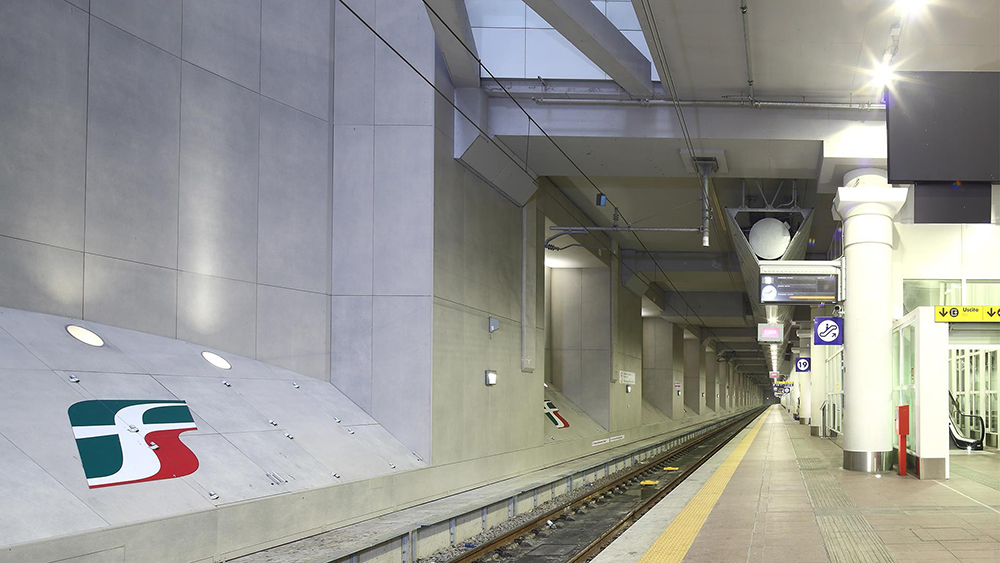Airports, railway stations, subways and newly built suburban areas: non-places, as Marc Augé called them, have long been considered neutral, anonymous spaces with uniform characteristics and no real identity. Over the years, however, the speed of global trade has given these spaces a crucial role. Stripped of their simple function as transit areas, mobility infrastructures are micro-systems of specialised cities and incorporate everything that meets the needs of users: those who spend time in them every day and those who pass through them.
Designers’ explicit intention is therefore to transform major transport hubs into extensions of the city, rather than isolated places that are detached from their context. In pursuit of this goal, state-of-the-art stations and airports are being reimagined. From simple spaces where people quickly and distractedly pass through, they are becoming new postmodern squares where you can spend time among shops, bars, restaurants and exhibition areas or pause to admire the value of the architectural ensemble. Non-places are evolving into super-places and developing a new and unprecedented centrality: busy spaces where travel becomes one of the several possibilities, rather than the only one.
Cotto d’Este has also succeeded in transferring its expertise, performance and beauty to these super-places, offering the superior quality of floor and wall coverings that are hard-wearing and easy to maintain, while at the same time creating the most suitable aesthetic setting for the stories of those who travel and the safety of those who pass through them and those who linger for a few minutes or sometimes hours.
en


.jpg)
.jpg)
.jpg)
.jpg)
.jpg)
.jpg)
.jpg)
.jpg)
.jpg)
.jpg)






_1.jpg)
_1.jpg)
_1.jpg)
_1.jpg)



